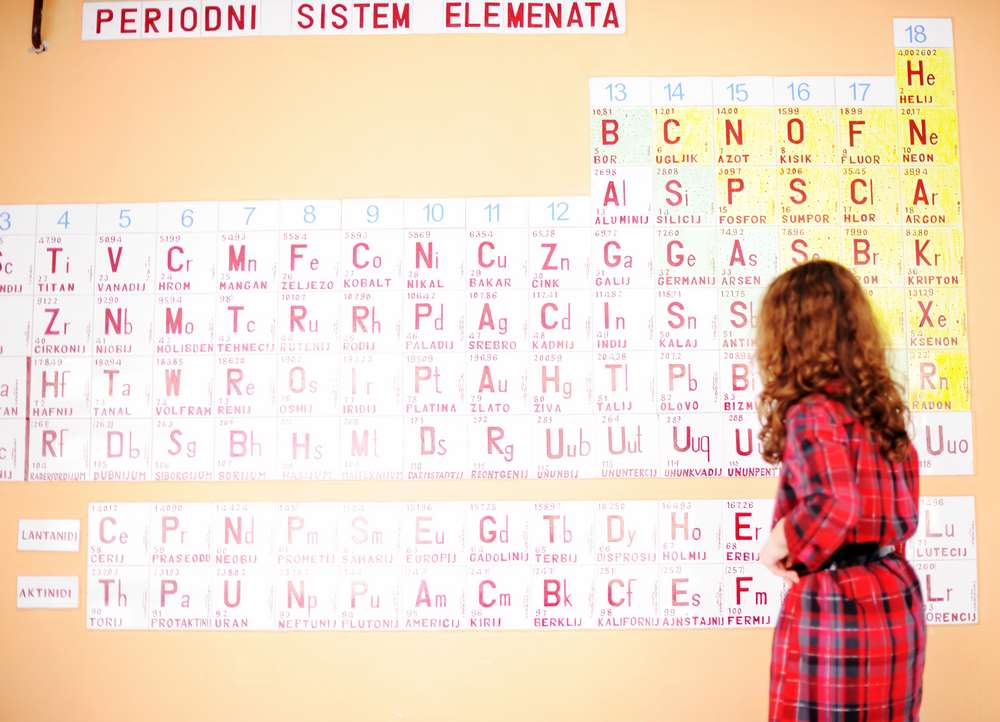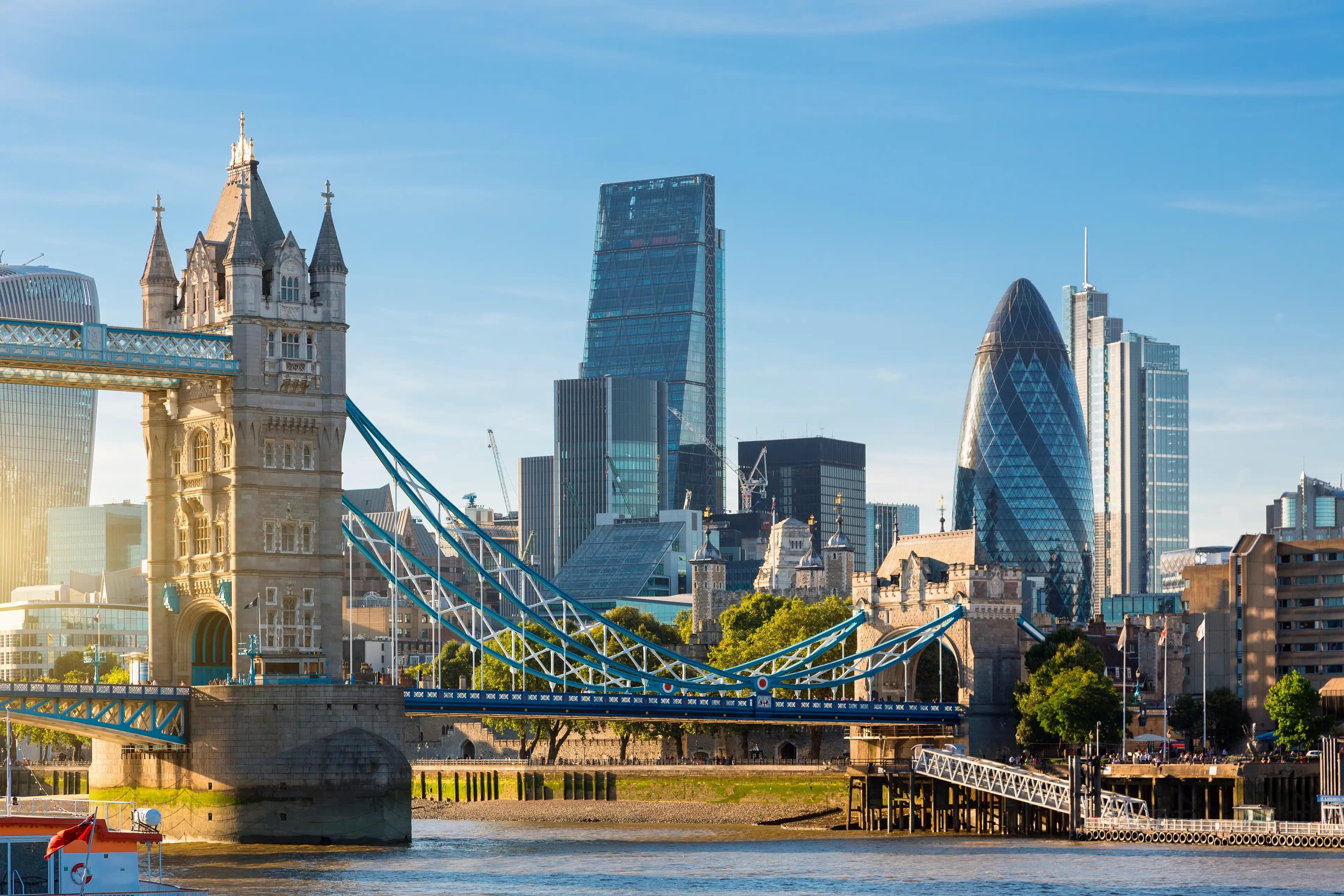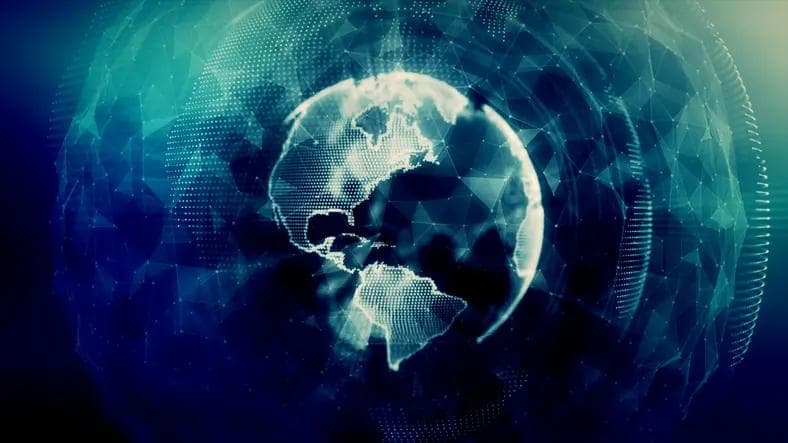What Is An Element
What Is An Element
Published by Gbaf News
Posted on January 15, 2017

Published by Gbaf News
Posted on January 15, 2017

The term element has a different definition in science and math. An element in chemistry and physics is a substance that cannot be broken into simple components further by any chemical reaction. The structural component of all elements are the same and is distinguished by the protons that the atoms have. The atomic number of an element is determined by the protons present in the center of an atom. Elements cannot be altered due to chemical reactions but through nuclear reactions, new elements can be formed.
Components Of An Element
An element is made up of a single type of atom and is defined by the protons they have. Every atom present in an element has three important components namely the protons, neutrons and the electrons. Together these components are called the subatomic particles and define the element’s physical and chemical properties and also the size of it. Protons and neutrons are bound together at the center of atoms and forms the nucleus. Electrons are located out of the nucleus and have a negative charge.
The atoms can have the same number of protons, but a different number of electrons and neutrons. When the number of electrons and protons are not same ions are created and when the electrons and protons are same but have a different number of neutrons it is called as isotopes. Another key characteristic of atoms in an element is the atomic weight which is determined by the sum of protons and neutrons of an atom.
Periodic Table: Chemical elements are tabulated in the form of an informative array and is called the periodic table. They are written from top to bottom and left to right and in incremental order based on its atomic number. The order concurs with the atomic mass. The smallest element is placed on the top left of the table and gets larger as you come down the column. It also moves left to right, row-wise. Hydrogen is recognized as the smallest element and uranium as the largest.
Natural elements have a range of atomic number from 1 to 92 with Hydrogen having atomic number 1 and uranium as 92. There are elements that are manmade and have atomic numbers more than 92 but they are unstable and decay into lower atomic number elements.
Nuclear Fusion And Fission
Elements can be broken down into smaller elements through non-chemical reactions through nuclear or atomic reactions. The process by which elements are broken down into smaller elements through nuclear reaction is called nuclear fission or atomic fission. This reaction was used to explode atom bombs, off-late nuclear reactors are used to generate power using nuclear or atomic fission.
Elements can combine to form another element of a bigger atomic number and the process is called nuclear fusion. Conversion of hydrogen to helium is a common process and is known to generate more energy than fission. Hydrogen bombs are thus more destructive.
Some elements can form two different things despite the atoms having the same properties. The classic example is that of carbon, which is an element. It can be mined to make graphite or can be transformed into diamonds.
Explore more articles in the Top Stories category











